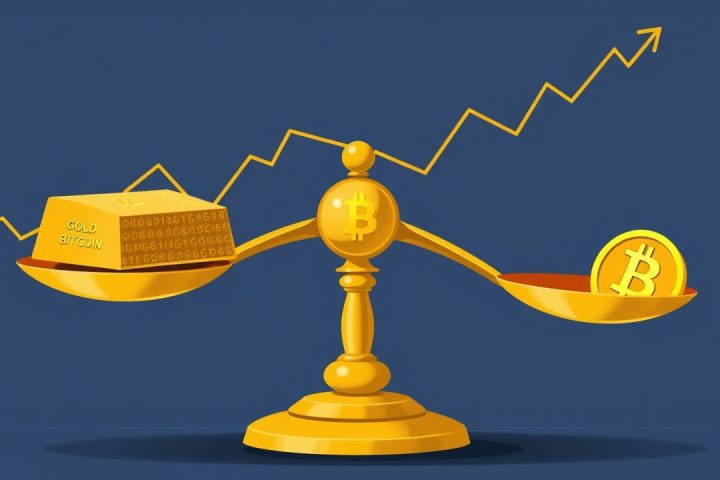Introduction
In a notable post on Bitcointalk from 2010, Hal Finney, a prominent figure in the early Bitcoin community and a cypherpunk advocate for privacy, shared his thoughts on the future of Bitcoin banks. He envisioned that while direct peer-to-peer Bitcoin transactions might become infrequent, improved digital currencies issued by Bitcoin-backed banks would take their place.
Hal Finney’s Contributions
With a background steeped in cryptographic solutions, Finney was instrumental from Bitcoin’s inception. He notably worked at PGP Corporation, created the first reusable proof-of-work system, and was the recipient of the very first Bitcoin transaction from Satoshi Nakamoto himself. Finney’s insights have left a lasting impact on Bitcoin’s evolution until his passing in 2014 at age 58.
Dialogue on Bitcoin Banks
In December of the same year, a Bitcointalk user under the handle wobber sparked a dialogue about the feasibility of Bitcoin banks. While some forum members proposed that such institutions could secure clients’ bitcoins and potentially offer loans, others dismissed the concept as impractical. A comparison was made to Ripple, highlighting existing financial alternatives.
Finney joined the discourse, advocating for the existence of Bitcoin banks. He believed these institutions could facilitate transactions by issuing redeemable digital cash, tackling Bitcoin’s current inefficiencies as a means of exchange.
He pointed out that large transactions in Bitcoin require multiple confirmations and suggested that Bitcoin banks could mitigate this issue. Besides transactional convenience, he argued that banks would leverage Bitcoin for internal settlements, while individuals would resort to alternative digital currencies for their everyday transactions. Finney envisioned these banks as self-regulating entities, drawing parallels to George Selgin’s principles of free banking—suggesting they could be stable and resistant to inflation.
Modern Perspectives
Fast forward to June 22, 2025, Joe Burnett, the CEO of Bitcoin Strategy at Semler, highlighted Finney’s foresight in a social media post, alluding to the emergence of Bitcoin treasury firms. However, Selgin rebutted this interpretation, clarifying that Finney had proposed a distinct model of competitive Bitcoin banks rather than treasury entities, which do not issue Bitcoin-backed digital cash but rather stocks tied to Bitcoin prices.
This distinction is crucial; whereas treasury companies may issue debt to acquire more Bitcoin anticipating its value appreciation, they don’t provide the immediate transactional utility envisioned by Finney. The idea of free banking, where banks issued private currencies, has largely faded since the mid-20th century. Yet, some aspects of Finney’s vision are materializing today, albeit not in the exact form he predicted.
Current Developments
Presently, while traditional Bitcoin banks have yet to fully develop, elements resembling his concept exist, particularly in the form of stablecoins used widely in the crypto ecosystem. These stablecoins serve practical functions for transactions and savings. For example, Solar Bank has recently started to accumulate Bitcoin to protect against the depreciation of fiat currencies, aligning with Finney’s idea of proactive banking strategies.
The landscape also features decentralized finance (DeFi) platforms that offer a version of banking services, giving users the ability to lend or borrow cryptocurrency, though they lack the fixed redeemable nature associated with Bitcoin. Meanwhile, neobanks are emerging as platforms that facilitate crypto transactions alongside traditional banking services.
Conclusion
As our economy shifts further toward adopting digital currencies, experts like Selgin express skepticism about the short-term viability of Bitcoin banks, citing the current low demand for Bitcoin as a transactional medium. Nonetheless, he does remain open to the potential future emergence of institutions that reflect Finney’s foresight.




